SUMMARY
This is AI generated summarization, which may have errors. For context, always refer to the full article.
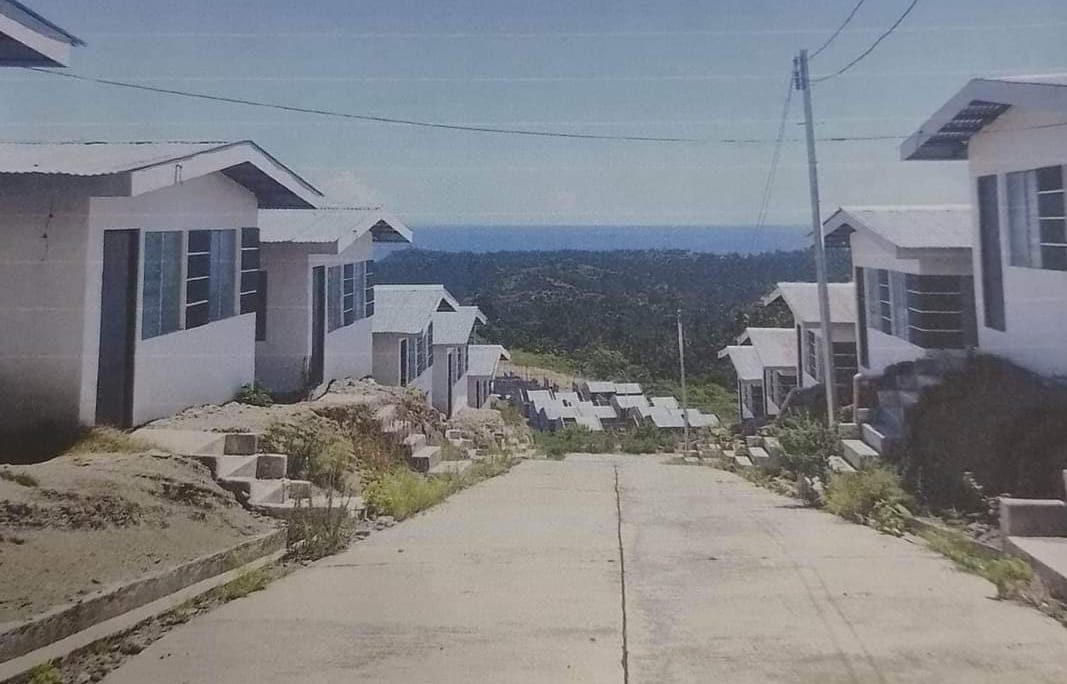
ILIGAN, Philippines – Local legislators have called on the local government to hold off from accepting finished houses built by the National Housing Authority (NHA) for survivors of the 2011 onslaught of Tropical Storm Sendong (Washi), one of the worst environmental disasters in Northern Mindanao in recent memory.
Iligan councilors Betsy Maria Zalsos and Simplicio Larazabal cautioned Mayor Frederick Siao against accepting the NHA project until city hall can ensure the safety of the 4.461-hectare resettlement site, Mirador Ecoland Residences, in Barangay Tipanoy.
The Mines and Geosciences Bureau (MGB) has warned about the high susceptibility of the housing project site to landslides and flooding, said Zalsos.
The project is a collaboration between the city government and the NHA and is intended to benefit at least 80 families.
The project site is located on a portion of a 44,610-square-meter property acquired by the city government in 2015, four years after Tropical Storm Sendong (Washi) swept through Northern Mindanao and left a trail of devastation in Iligan and Cagayan de Oro cities from December 16 and 17, 2011.
The storm caused flash floods and landslides, which affected thousands of households and claimed the lives of more than 1,000 people in the two neighboring cities. Many of those who died were swept away by the powerful currents.
It also damaged infrastructure such as roads, bridges, and power lines, and left thousands of people displaced and without access to potable water and other necessities.
The sheer scale of the 2011 disaster was overwhelming, and many survivors were left to fend for themselves, relying on the kindness of strangers and relief workers for food and shelter.
The housing project in Barangay Tipanoy, merely one of several resettlement projects initiated in Iligan City years after the devastation, is divided into two phases.
The first phase, which is still 25% completed, was implemented by the local government with a budget of P60 million during the administration of the previous Iligan mayor, Representative Celso Regencia. The second phase, costing P49.4 million, was implemented by the NHA.
But Iligan councilors questioned the multimillion-peso project, saying the MGB had warned NHA and local officials about it.
They cited a report and recommendation by MGB-10 chief geologist Osin Sinsuat Jr. that had urged officials to reconsider their plan to turn the Tipanoy property into a housing project site.
The MGB report pointed out that low-lying areas adjacent to or near creeks traversing the site are flooded during periods of heavy rainfall and severe weather conditions.
Based on MGB’s landslide susceptibility map classified the site of the housing project as an area highly susceptible to landslides.
The councilors said the HazardHunterPH, a multi-agency initiative of the Philippine Institute of Volcanology and Seismology (Phivolcs), also showed that the area is prone to ground shaking due to the northeastern extension of the Lanao fault system, which is approximately 12.1 kilometers south of the housing project site.
In the MGB report, Sinsuat cited guidelines for areas with high landslide susceptibility based on Memorandum Circular No. 0214-01 of the Department of Environment and Natural Resources (DENR), Department of Interior and Local Government (DILG), Department of Public Works and Highways (DPWH), and Department of Science and Technology (DOST).
Based on the guidelines, the dwelling should not be allowed, but critical facilities may be built provided that appropriate engineering intervention measures are implemented with continuous monitoring.
The MGB said evacuation centers should not be established in the hazard zone, and landslide warning signages should be installed there.
The councilors said site inspectors had to take an alternate route via another village just to reach the area because the road leading to the housing site in Barangay Tipanoy has become impassable due to landslides and soil erosion.
Zalsos said it made the area unsuitable for motor vehicle transport, and caused difficulties in heavy equipment mobilization and material delivery, hindering rectification works for further land development.
“The question that arises is not only the suitability of the housing units for residential purposes but also their accessibility, and whether adequate measures have been taken to address the risks of building in an area identified as highly susceptible to landslides,” she said.
She and Larazabal noted that while the houses constructed by the NHA in Phase 2 of the project were ready for occupancy, the city hall-implemented phase of the project was still in the skeletal phase.
Zalsos said, “Should we risk people’s lives by constructing in an area that is highly susceptible to landslides, especially considering the absence of mitigating measures? It would be better to have slope protection.”
But she said accepting the NHA project too soon would require the local government to shell out at least P100 million more for slope protection, road construction, water supply, and other necessities. – Rappler.com
Add a comment
How does this make you feel?

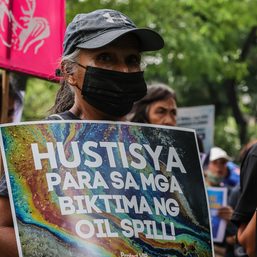
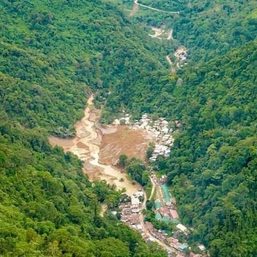
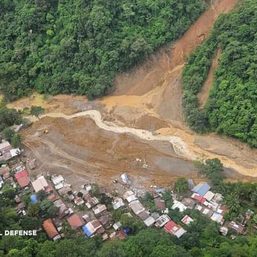
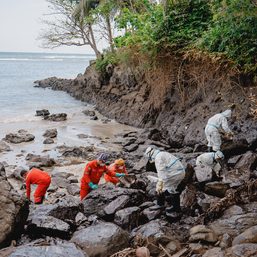

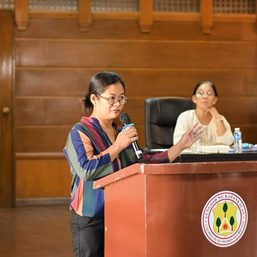


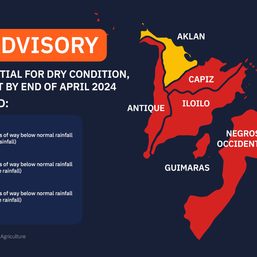
![[WATCH] In the Public Square with John Nery: Abolish the National Housing Authority?](https://www.rappler.com/tachyon/2024/03/In-the-Public-Square-LS.jpg?resize=257%2C257&crop=377px%2C0px%2C1080px%2C1080px)
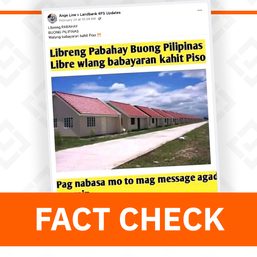
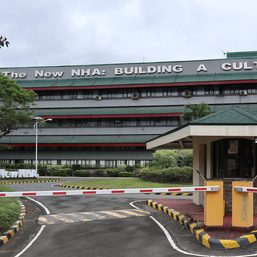
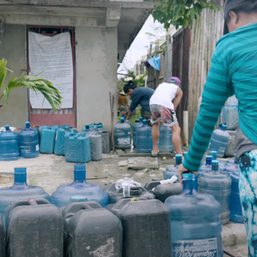
![[Under 3 Minutes] Kumusta na ang Yolanda housing projects?](https://www.rappler.com/tachyon/2023/11/title-card-ls-3.jpg?resize=257%2C257&crop_strategy=attention)
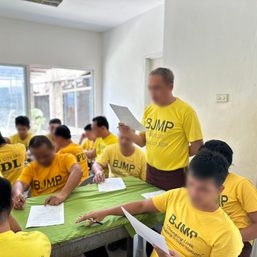

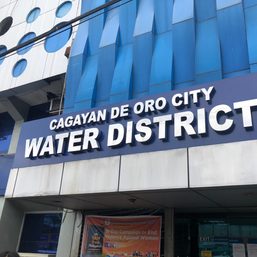
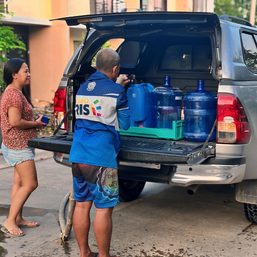
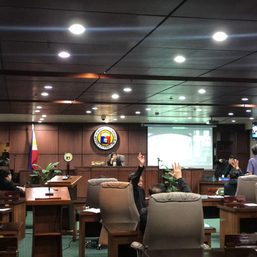
There are no comments yet. Add your comment to start the conversation.